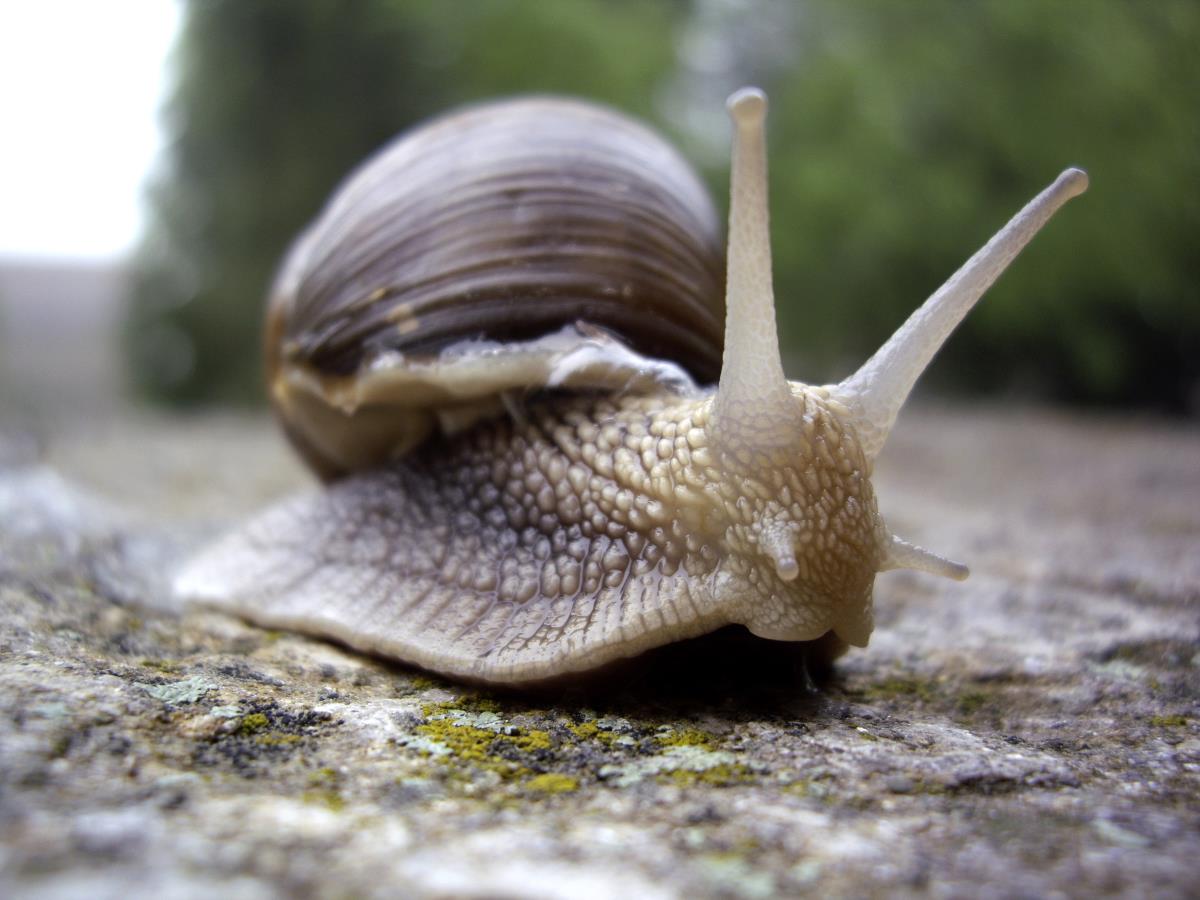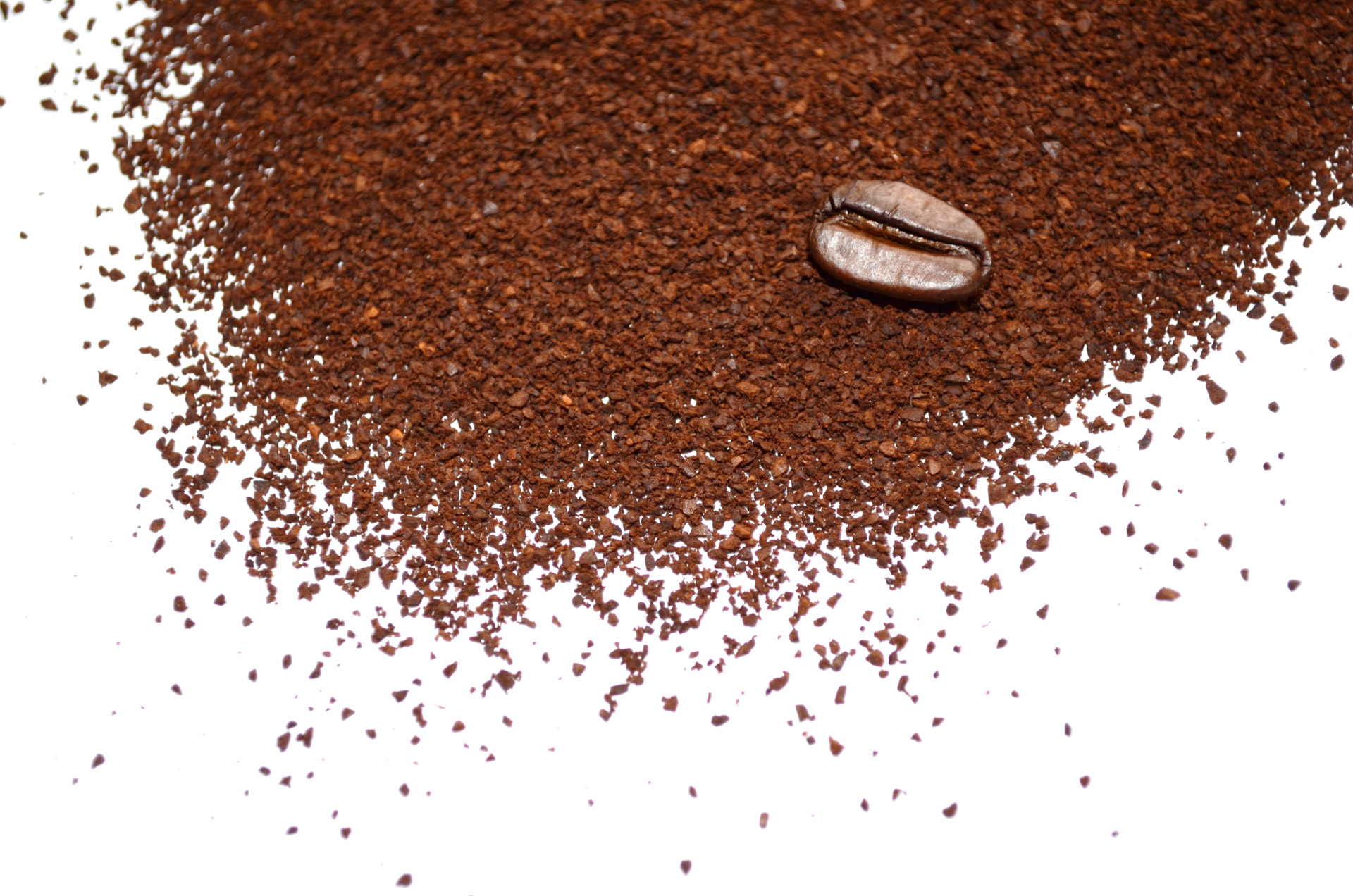Home gardening tips: How to start a survival orchard
05/13/2021 / By Zoey Sky

Before SHTF, most homesteaders plan to start a home garden on their property so they have access to fresh produce.
If you have more space on your property, you should also consider starting a survival orchard. Within several years, you can harvest fresh fruits free from pesticides. (h/t to PreppersWill.com)
Why start a survival orchard?
If you already have a home garden, do you also need a survival orchard in your homestead?
While they require more time and effort compared to other crops, fruit and nut trees are perennials that provide you with food within two to seven years, depending on whether you plant seedlings or trees that are already several years old.
Having a survival orchard along with a home garden means you have one less thing to worry about when SHTF. And even if things don’t go wrong, you can sell excess crops to earn more money for your expenses.
And compared to vegetables and grain crops that must be planted annually from seed you buy or save from a previous harvest, orchards with fruit and nut trees only need to be planted once. Trees also bear fruit annually or on a regular cycle, and they only require little effort to maintain once they’ve matured.
Fruit and nut trees also add diversity to your family’s diet because they’re rich in proteins, vitamins and nutrients that boost your overall health. You can preserve veggies from your garden and fruits from your orchard, ensuring you can eat nutritious foods even during winter.
Questions to answer before getting started
If you’re interested in starting a survival orchard, ask yourself these important questions before planting anything in your homestead:
- Why do you want to start a survival orchard?
- What kind of trees do you want to grow?
- Do you have enough space on your property to plant an orchard?
- Do you want to keep your orchard a secret? Or are you fine with letting your neighbors know that you’re growing fruit- and nut-bearing trees?
- What kind of trees grows well in your region?
Draft a plan and start researching
After you figure out what you want to do with your survival orchard, it’s time for research. Borrow books from the nearest library or read free articles online for more tips on how to plan and plant your orchard.
You can also talk to experts like local arborists or agricultural extension agents to find out which trees grow well in your area and on the soil in your property and when to plant them.
If you plan on growing different kinds of trees, decide which ones can provide fruit and nuts for you throughout as many months as possible. Plant trees that will bear fruit and nuts when you want, like orange trees in winter and peach trees in late summer.
You can also check the Department of Agriculture‘s (USDA) Plant Hardiness Zone Map to figure out which zone you are in. The zone you live in will determine which trees will grow in your state.
Do you plan on hiding your survival orchard?
After you decide what kind of trees you’re going to grow, find out where to plant them. If you plan on surrounding your home garden with fruit- and nut-bearing trees, choose locations that will provide them with the best soil, water and sunlight.
Alternatively, make the necessary preparations if you plan to grow your trees discreetly.
Here are planting patterns to consider for a survival orchard:
- Traditional layouts for orchards include one or more rows of trees spaced far enough apart. When they mature, their branches won’t touch each other and compete for light and water. Note that this may vary depending on the kind of tree. These rows are normally planted on a north-south axis so trees get the best sunlight possible.
- Plant tree rows in the traditional matrix of rows and columns in a rectangular shape to fill in your chosen area.
- Run one or more rows of trees along linear terrain features like hedgerow, stream, or road so it blends into the landscape and beautifies your property.
Hide your orchard by planting fruit or nut trees with existing trees on your property. Alternatively, plant them individually or in small groups.
Doing this also offers benefits, such as:
- Hiding new trees with existing flora.
- Making the most of the available space on your property.
- Attracting beneficial wildlife to your property or specific areas.
If you hunt and want to attract deer, squirrels and other game animals, plant trees like oaks, apples and persimmon. Tree planting is a legal and effective way to attract these animals without artificial means.
Once you chose a pattern for your orchard, leave enough space for a vehicle so you can easily haul the harvest back to your homestead. (Related: What to do if your survival garden dies.)
How to maximize harvest duration
Fruit- and nut-bearing trees aren’t ideal for those who are impatient. Generally, fruit trees like apples, cherries, peaches, pears and plums can be harvested after about seven years.
To harvest fruit faster, you can plant trees from nurseries that are already two or three years old. Even then, you still need to wait several years before these trees bear fruit.
Another option is to grow bare-root trees that one or two years old so you only have to wait for five years.
Fruit trees that come in containers with their roots in the soil can be planted at any time of year. However, you should avoid planting in summer because the roots won’t have a chance to become established. The heat can also kill your treese.
Choose the best combination of trees so you can start harvesting crops that bear fruit in late summer and continue throughout winter into early spring.
Citrus trees and when to harvest them
- Grapefruit – Late autumn through winter
- Orange – Winter
- Lemon – Winter
- Lime – August through March
- Tangerine – Winter
Fruit trees and when to harvest them
- Apple – August through October
- Cherry – Mid-summer
- Crabapple – Late September through early November
- Peach – Late summer
- Pear – November
- Persimmon – September through January
- Plum – Late summer
Nut trees and when to harvest them
- Acorn/Oak – October
- Chestnut – Mid-September to mid-October
- Hazelnut – September to October
- Hickory – Autumn
- Pecan – October
- Walnut – Autumn
Orchards and your food supply
Survival orchards can help augment your long-term food stockpile, especially if you plan to bug in at your homestead when SHTF. Fruits and nuts from your survival orchard contain fats and vitamins that may be missing from other items in your stockpile like grains and dried foods.
If you’re facing a long-term disaster scenario, once your survival stockpile runs out of food you can still harvest fruits and nuts from your fruit- and nut-bearing trees.
Before SHTF, plan ahead and start cultivating a survival orchard so you have access to fruits and nuts throughout the year.
Sources include:
Tagged Under: food independence, food supply, gardening, gardening tips, green living, home gardening, homesteading, how to, off grid, organics, preparedness, prepper, prepping, self sufficiency, self-reliance, survival, survival garden, survival skills, survival stockpile, survivalist, sustainable living
RECENT NEWS & ARTICLES
OrganicFarming.News is a fact-based public education website published by Organic Farming News Features, LLC.
All content copyright © 2018 by Organic Farming News Features, LLC.
Contact Us with Tips or Corrections
All trademarks, registered trademarks and servicemarks mentioned on this site are the property of their respective owners.




















